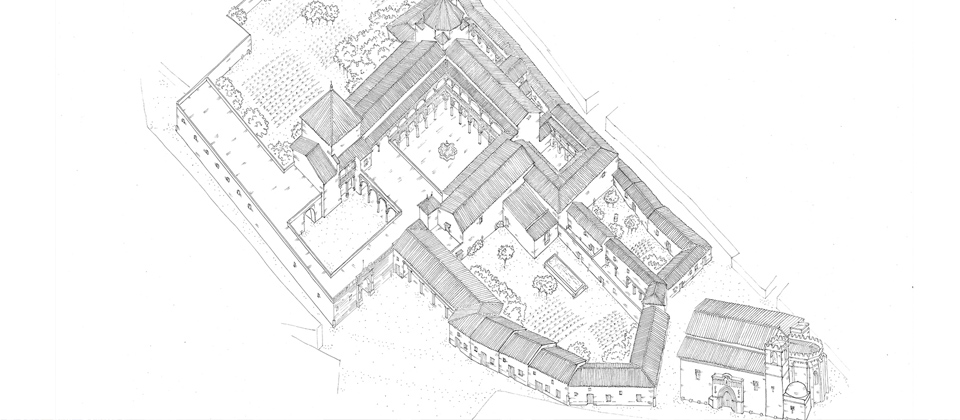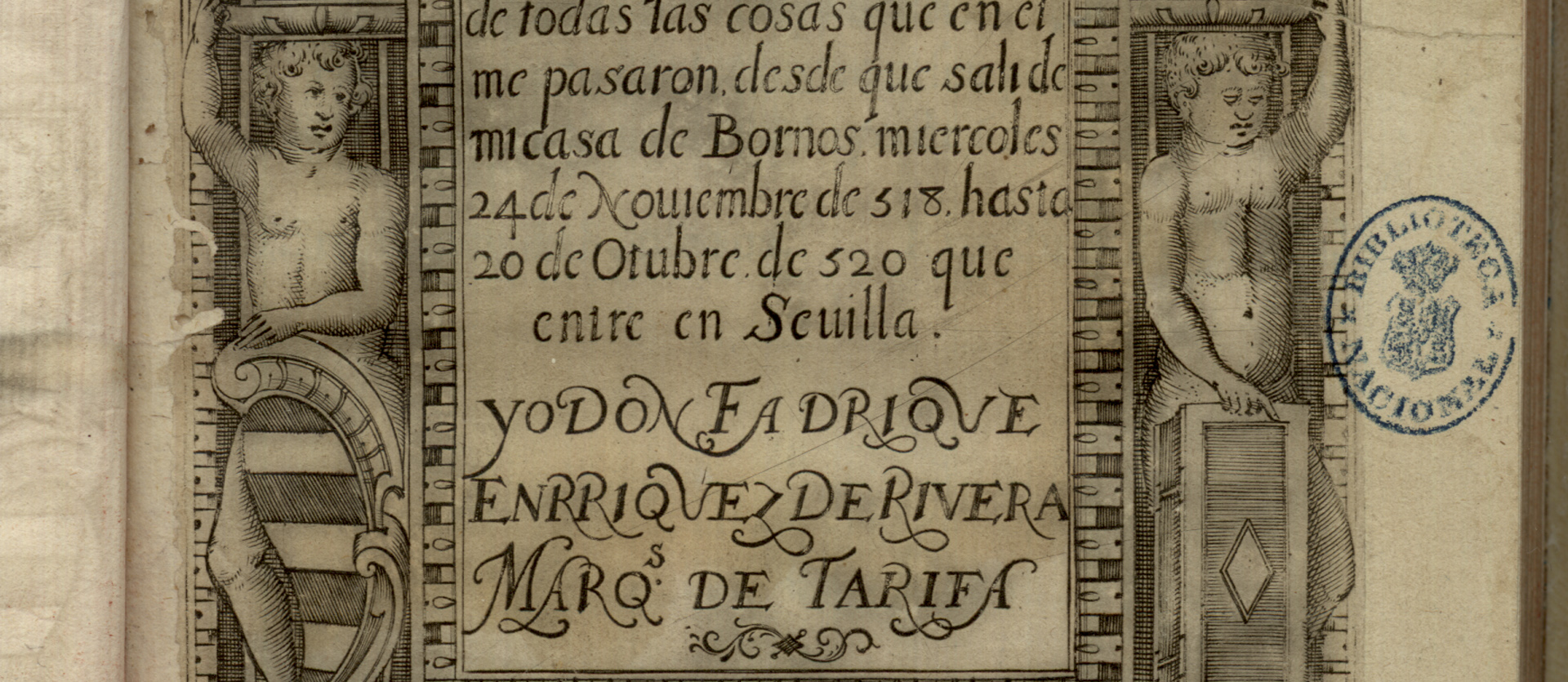The tile collection
Ceramic upholstery
In the 1930s, the walls of the courtyard and the surrounding rooms were covered in the 16th century with high plinths of basin or groined tiles, whose arrangement was not intended to form a single continuous design, but rather the opposite, differentiate each cloth individuallyThe walls of the palace are bordered with a border and the arms of the Enríquez and Ribera families alternate in their centres, as if they were tapestries. With this novel arrangement, the Marquis of Tarifa sought to repeat in his summer palace - the one on the ground floor - the ornamentation of the winter palace - the one on the upper floor - whose walls can be imagined to be entirely covered with tapestries, also with heraldic motifs.
A new technique: basin or ridge tiles.
This project of Don Fadrique's would not have been possible without the appearance, at the beginning of the 16th century, of a new tile manufacturing technique known as "cuenca" or "arista". which, on the one hand, facilitated the realisation of designs with curved lines, typical of textiles, and, on the other hand, made their execution quicker and cheaper. It was only thanks to this innovative technique that the famous Triana potters, Diego and Juan Pulido, were able to undertake to deliver 2,000 tiles a week to the 1st Marquis of Tarifa. The procedure was similar to that of printing and consisted of carving the negative drawing on a wooden mould which was applied by pressure to the still-fresh clay tile to form an imprint of basins separated by edges - which today give this type of tile its name - and which served to prevent the colours from mixing when the piece was baked. Due to the number of pieces and the more than one hundred and fifty different designs, of Mudejar, Isabelline and Renaissance motifs, that of the Casa de Pilatos is the largest and best existing collection of this type of tilework..


